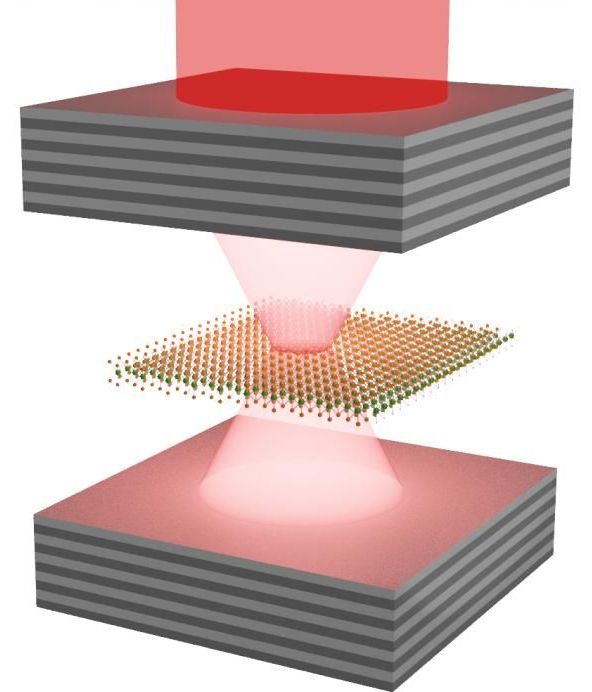When particles are cooled down to temperatures just above absolute zero, they form a BEC – a state of matter in which all the particles occupy the same quantum state and thus act in unison, like a superfluid. A BEC made up of tens of thousands of particles therefore behaves as if it were just one single giant quantum particle.
An international team of researchers led by Carlos Anton-Solanas and Christian Schneider from the University of Oldenburg, Germany; Sven Höfling of the University of Würzburg, Germany; Sefaattin Tongay at Arizona State University, US; and Alexey Kavokin of Westlake University in China, has now generated a BEC from quasiparticles known as exciton-polaritons in atomically thin crystals. These quasiparticles form when excited electrons in solids couple strongly with photons.
“Devices that can control these novel light-matter states hold the promise of a technological leap in comparison with current electronic circuits,” explains Anton-Solanas, who is in the quantum materials group at Oldenburg’s Institute of Physics. “Such optoelectronic circuits, which operate using light instead of electric current, could be better and faster at processing information than today’s processors.”










Comments are closed.